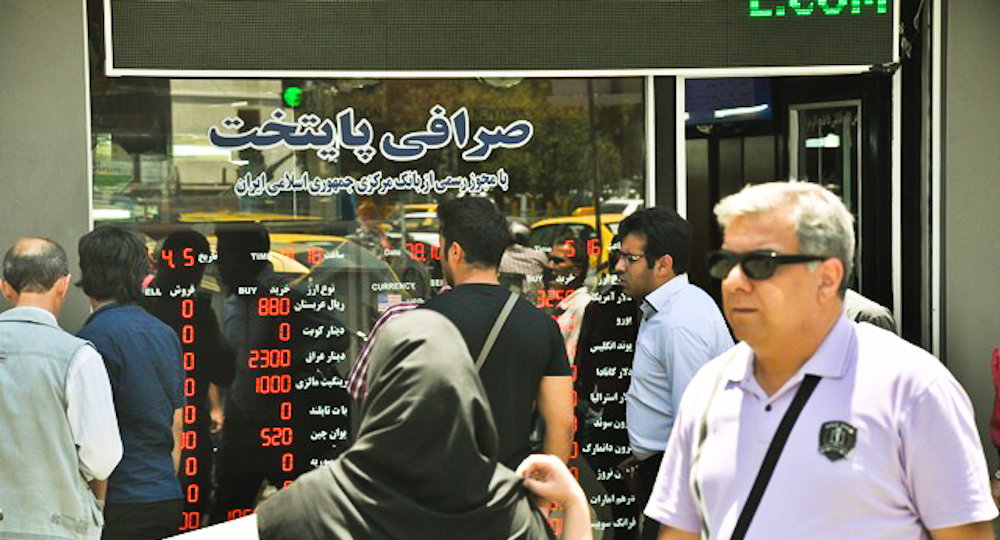Following efforts during the current fiscal year (ending March 20) to close the gap between official and unofficial foreign exchange rates, the government will unify forex rates at some point in the next fiscal year when banking relations with the outside world improves further, said a deputy economy minister.
“Two policies were pursued to advance the unification of forex rates. The first one was to gradually increase the official exchange rate for it to come closer to the unofficial [market] rate and the other was to shorten the list of imports eligible to receive foreign currency at official rates,” Mahmoud Mirshojaeian also told IBENA.
Besides the free market exchange rate, Iran uses an official rate, now at 32,367 rials, for some state transactions. The widening gap between the official and free rates has sucked hard currency out of the formal banking system. To counteract this, the government has authorized banks to trade at free market rates.
The currency market volatility in the final months of 2016, which saw the rial hitting record lows against the greenback (reaching 41,500 rials to the dollar in the free market in late December) put the kybosh on the plans of the Central Bank of Iran to scrap the country’s dual exchange rate regime by the yearend.
The business community and independent observers have made strong demands that the government unify the exchange rates and stop its forex market intervention aimed at propping up the rial.
The rial was trading at 38,000 to the dollar on Saturday, the Association of Bureaux de Change Operators’ website showed.
Mirshojaeian added, “Because the gap between official and unofficial rates is not too wide, we can bring these two rates together and on the other hand, not many commodities are imported using the official rate”.
He added that the government planned to unify the forex rates before the current fiscal year ends in March, but due to the fluctuations in the international exchange market, the goal was postponed to next year.
“The government does not wish to hesitate in going ahead with the rate unification plan but to enact it properly, correspondent relations must be eased in a way that banks are able to transfer money [abroad] without hindrance,” he said.
Mirshojaeian noted that the important issue in forex rate unification is to make it endure.
In other words, single forex rates should not prove short-lived, because of which the government will implement the plan when all the conditions for doing so have been met.
Iran adopted single exchange rates in the past only to return to dual or multiple rates when economic conditions worsened due to sanctions or unstable circumstances.
Mirshojaeian said the unified rate must be rational, as the government does not aim to revise the decision.
“Before the currency market shock, the estimated unified exchange rate for the US dollar was about 36,000 rials but now the whole situation has changed,” he concluded.


